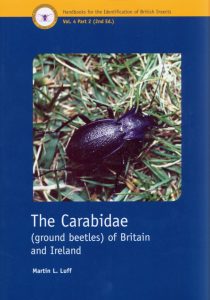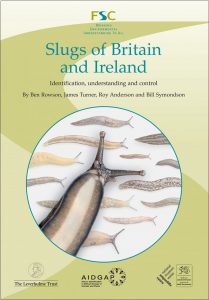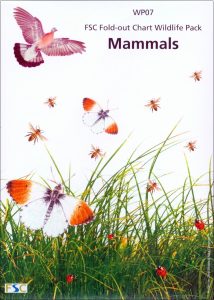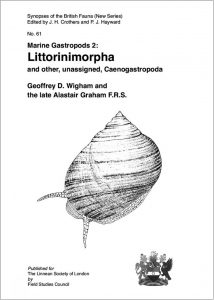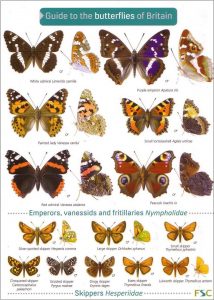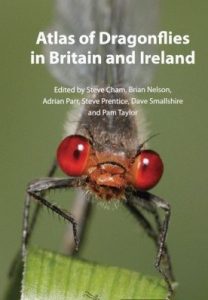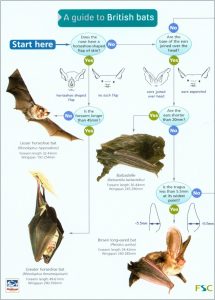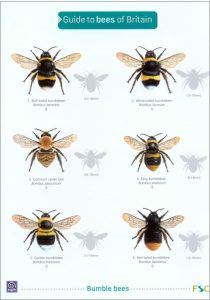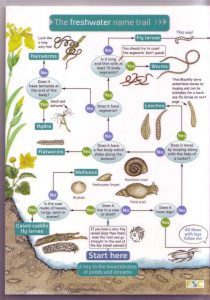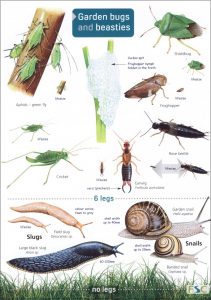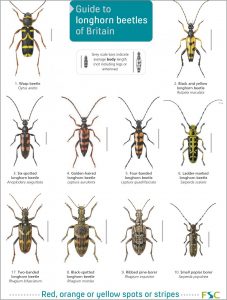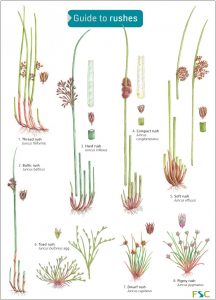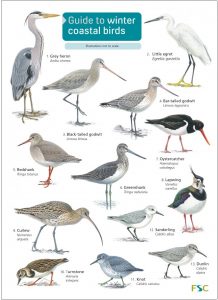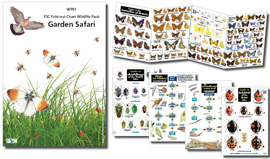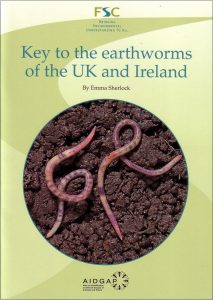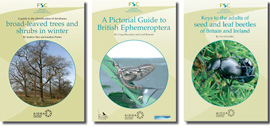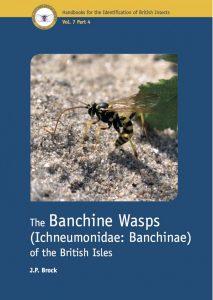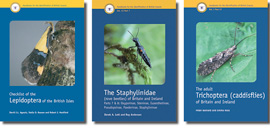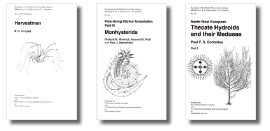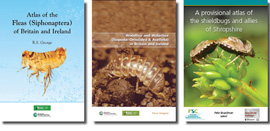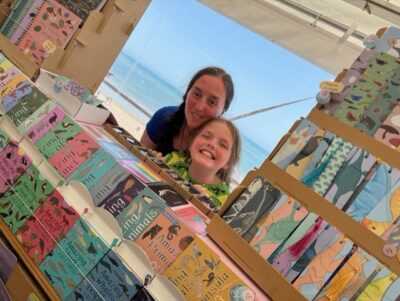 NHBS is excited to be working with Button and Squirt – a company with a strong focus and commitment to environmental education for children. Specialising in creating nature-themed educational games, Button and Squirt has a wide range of unique and engaging fact cards, activity books and other products.
NHBS is excited to be working with Button and Squirt – a company with a strong focus and commitment to environmental education for children. Specialising in creating nature-themed educational games, Button and Squirt has a wide range of unique and engaging fact cards, activity books and other products.
Ria is the founder and illustrator at Button and Squirt and designs all the illustrations for the Amazing Animals range. We recently had the opportunity to speak to her about the company, product range and her plans for the future.
You can browse our range of Button and Squirt books, journals and games here.
Firstly, can you tell us a little about yourself and what inspired you to create Button and Squirt?
Throughout my life, I have loved two things: art and nature. During my childhood, I was never without a sketchbook and would always be found drawing or painting, and I was obsessed with the natural world, with a particular love for the ocean or, rather, the creatures that live in it. At school, I had wanted to pursue a nature-based career, but I was told that wasn’t possible and that I should focus on graphics instead. I lost contact with nature for a while, but then when I had my first child, Dexter, I was naturally drawn back to it and wanted to share my love of the natural world with him. It became clear, as soon as he could show interest in something, that his passion was nature; he loved being outside, and he was mesmerised by animals. I had the idea for the first set of cards one day while we were playing. He would always be telling us about animals he had heard of and asking me to draw pictures and tell him more about them, and I saw how he learnt best through fun and interactive activities. Card games were always a winner, so I brought all of that together to create Amazing Animals Fact Cards Set One – it was the perfect way to combine the things I loved.
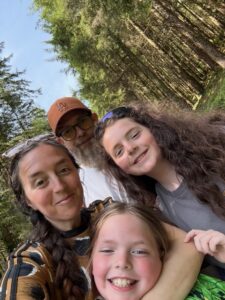
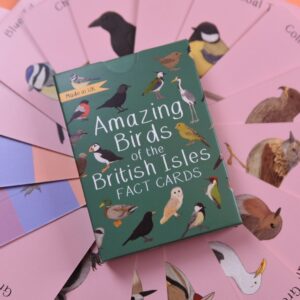
You have a wide range of educational products on offer, from animal fact cards to activity books. Why do you think it is important to teach children about the natural environment?
Sadly, the planet is in a bad place right now, and we need as many people as possible fighting for it and for every creature that calls Earth home. I really believe that conservation cannot succeed without children being a part of it, and there is no way they are going to care about something they don’t know about. It is so incredibly important to introduce them to the amazing animals that we share the planet with, teach them about why they are important and help them to fall in love with nature so they will want to do their part to protect it for the future. I have always tried to have a focus on unusual animals and used fun facts as a way of getting kids interested. It’s amazing the impact that a really crazy fact can have on a kid. You will see on my products the words ‘learn, love, protect’, and that’s exactly what I hope my range can help kids to do: learn about nature, fall in love with it, and protect it for the future.
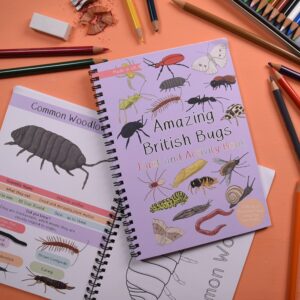
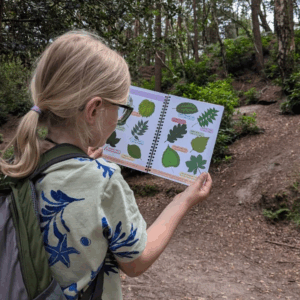
One thing that struck me when looking at your range was how you manage to ensure that your illustrations are anatomically correct, while remaining charming and characterful. Do you have a favourite animal to portray?
This is really kind, thank you so much. The balance of cute with identifiable is something I have really worked hard on for my illustrations. I always knew that I needed the animals to be cute to have the right appeal, but that I also wanted them to be able to identify the animal from my illustration – there’s not much point teaching them about an animal but showing them an abstract image which then means they wouldn’t be able to ID it in real life. As for a favourite animal to draw, even though I moan about feathers a lot, it’s going to have to be some of my favourite feathered friends, the vultures – I always absolutely love drawing them! I always have a soft spot for the less loved animals, and there’s something about drawing vultures and focusing in on how beautiful they actually are that really brings me joy. However, I will also say that when I have been drawing lots of furry and feathered creatures, there’s also a lot of joy to be had in doing something like a shark – nice and smooth and a lovely break from all those feathers.
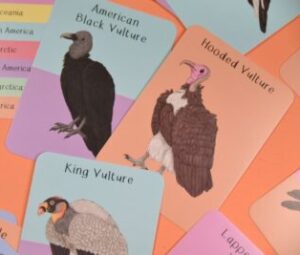
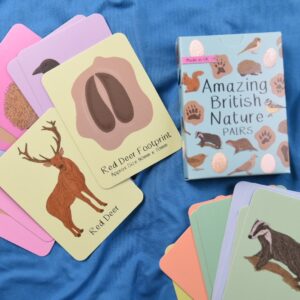
I saw that 5% from every sale is donated to various wildlife and conservation charities. Why do you feel this is important, and which charities do you support?
Since I first started this, I knew I wanted to be able to donate to wildlife charities in some way from my work. I want to be able to show kids that I am not just talking about them doing their bit, I am doing my bit too. So, I donate 5% from all sales on my website to various different charities via work for good. So far, I have supported the Cheetah Conservation Fund, Whale and Dolphin Conservation and Rewilding Britain. It is such an amazing feeling to know that something I created is helping in a tiny way to support these amazing organisations.


Do you have any new products on the horizon that you can tell us about?
I am always drawing new animals and working on new collections. Recently I have been focusing a lot on native wildlife, and trying to shine a light on the amazing animals we have living right here in the UK. As part of that I have been expanding the British range, and I am hoping to add a wetlands collection soon, with a set of ID cards, and matching colouring book in the same style as the bug and coastline cards, as well as an amphibian fact and activity book and a nature journal. It is proving to be a really fun range to work on, and I can’t wait to bring it all to life.

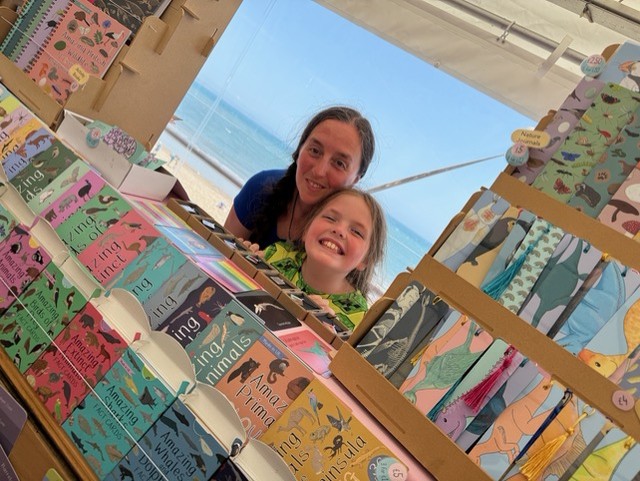
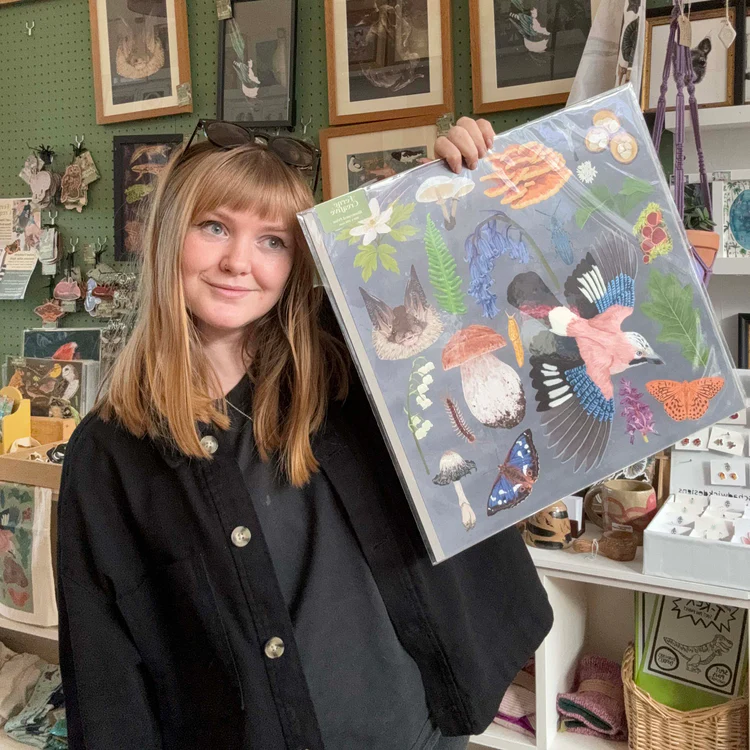
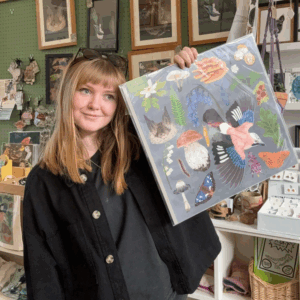 As a self-taught nature illustrator, Ferne Glannan-MacRae brings the intricacies of British species to life using Procreate on iPad. Her designs are inspired by a love for the environment and, in particular, British wildlife.
As a self-taught nature illustrator, Ferne Glannan-MacRae brings the intricacies of British species to life using Procreate on iPad. Her designs are inspired by a love for the environment and, in particular, British wildlife.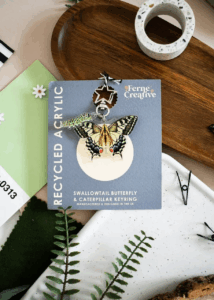
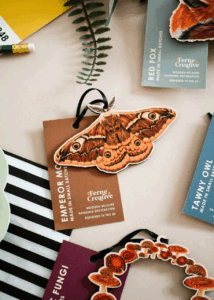
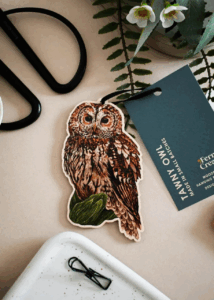
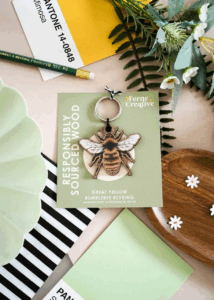
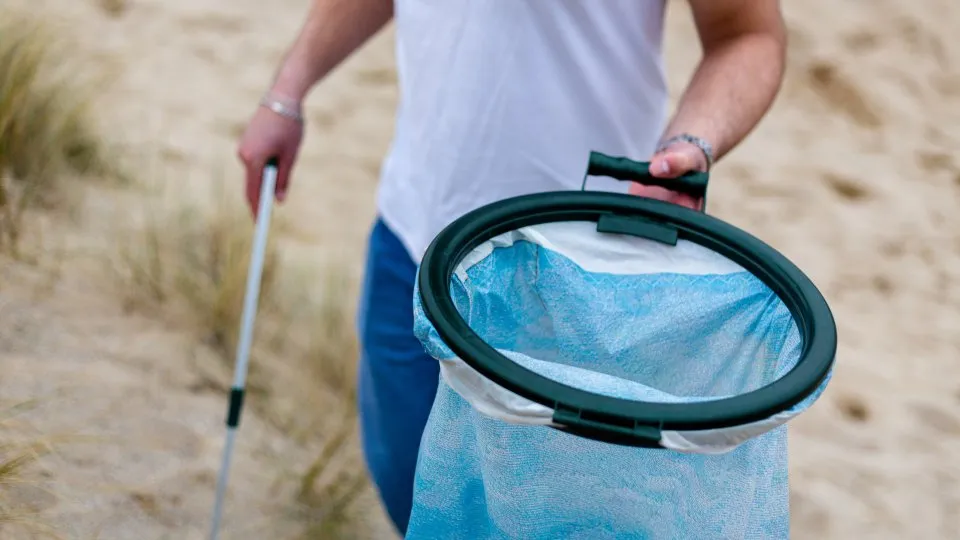

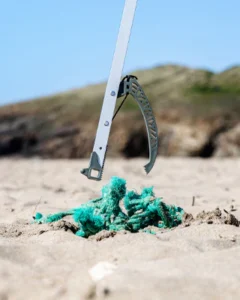 NHBS is delighted to be working with Waterhaul, a company turning harmful marine debris into valuable resources. Their commitment to tackling ocean plastic and promoting sustainable practices aligns closely with our own mission to protect wildlife and the natural environment.
NHBS is delighted to be working with Waterhaul, a company turning harmful marine debris into valuable resources. Their commitment to tackling ocean plastic and promoting sustainable practices aligns closely with our own mission to protect wildlife and the natural environment.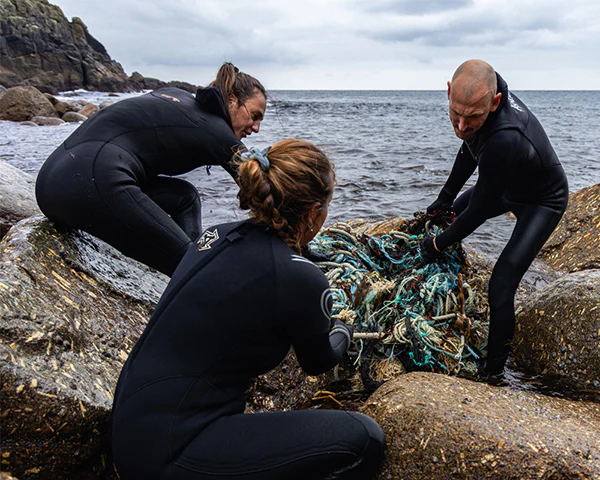
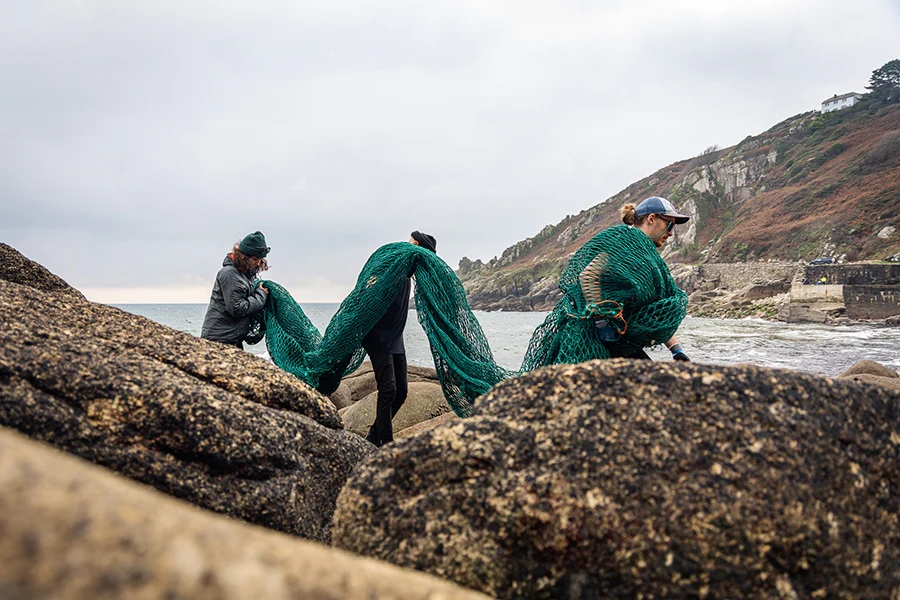
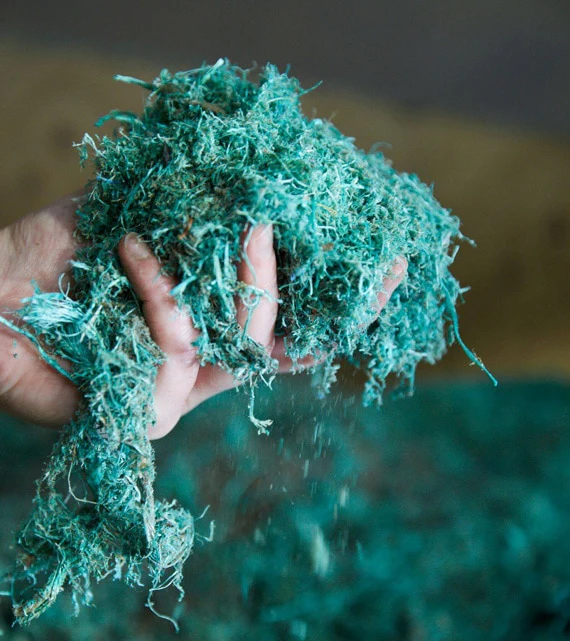
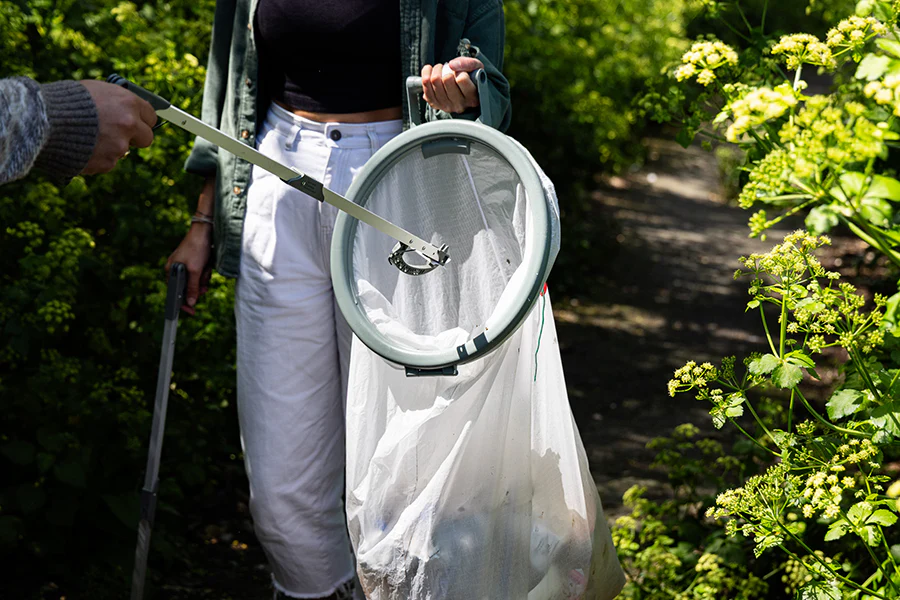
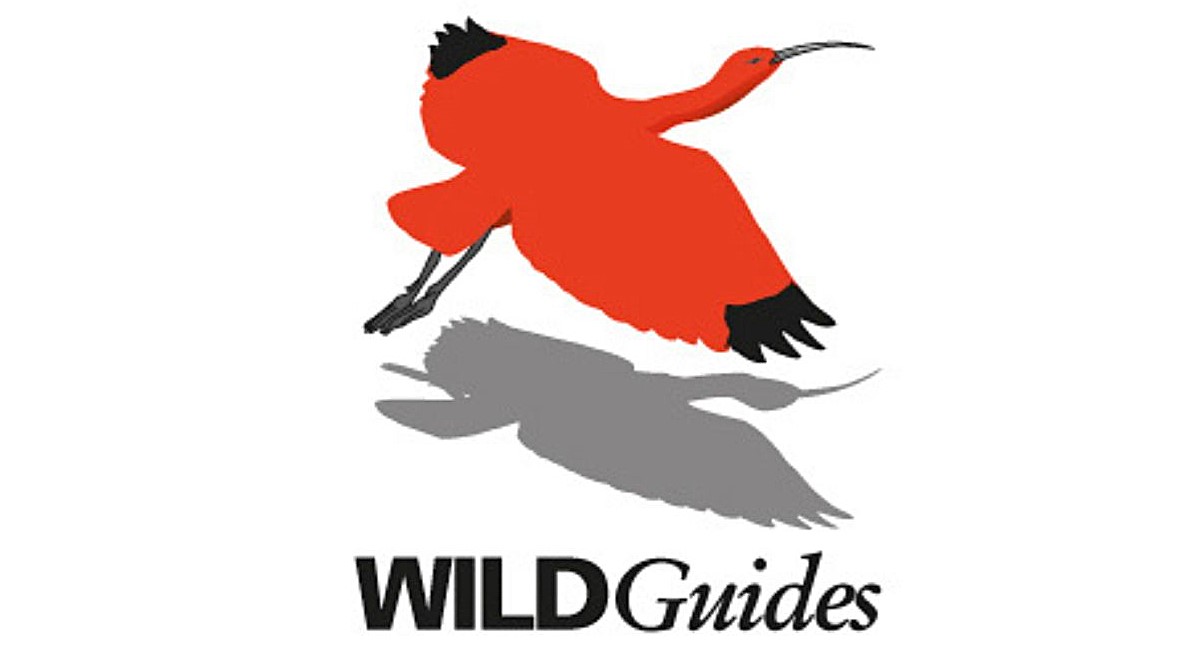
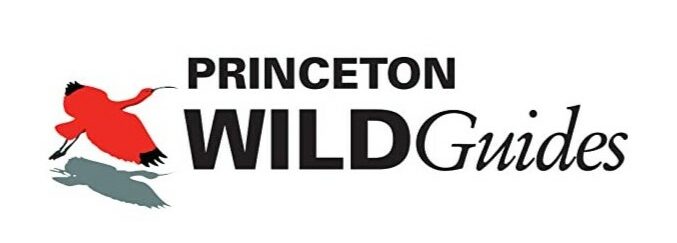
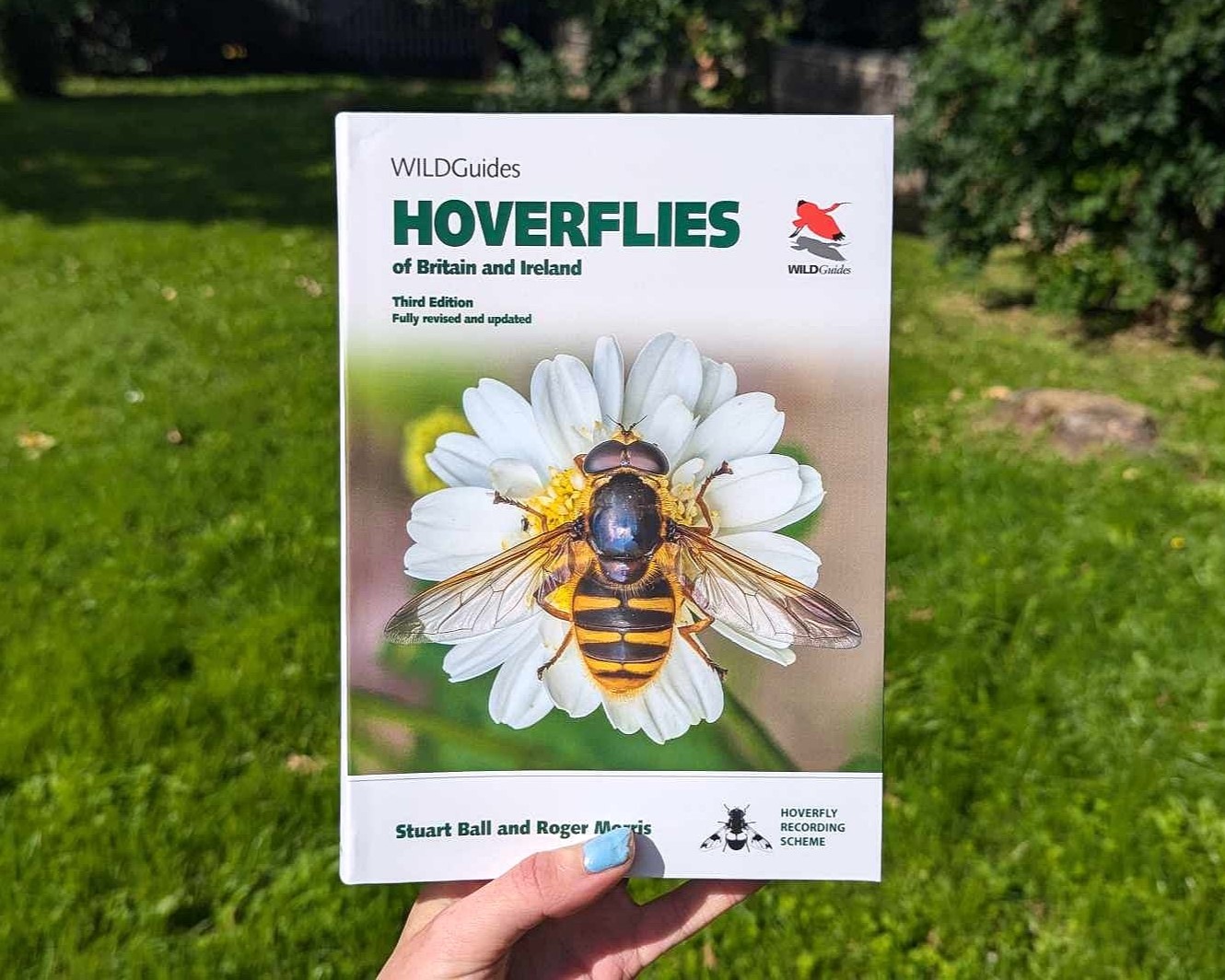
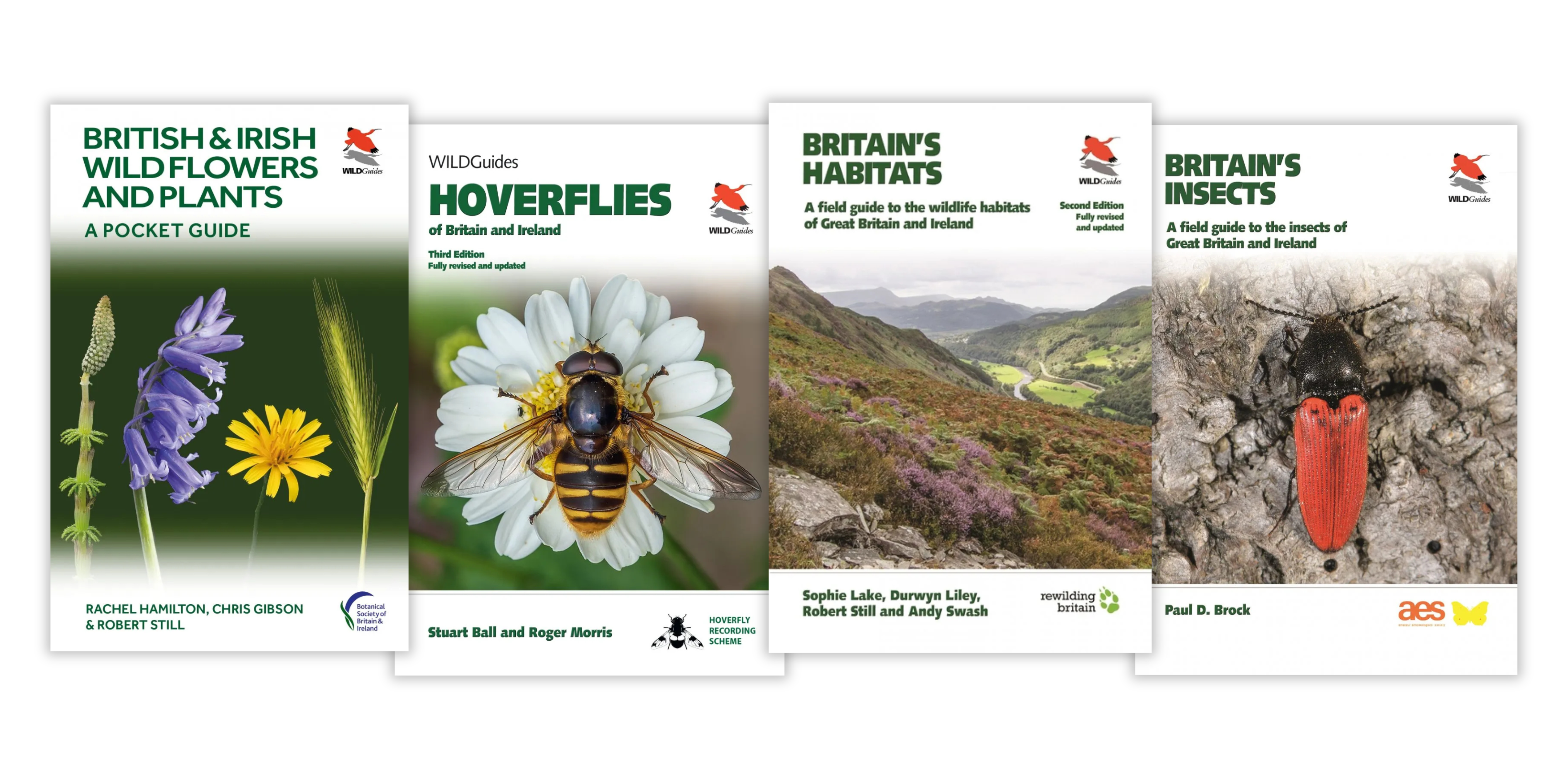
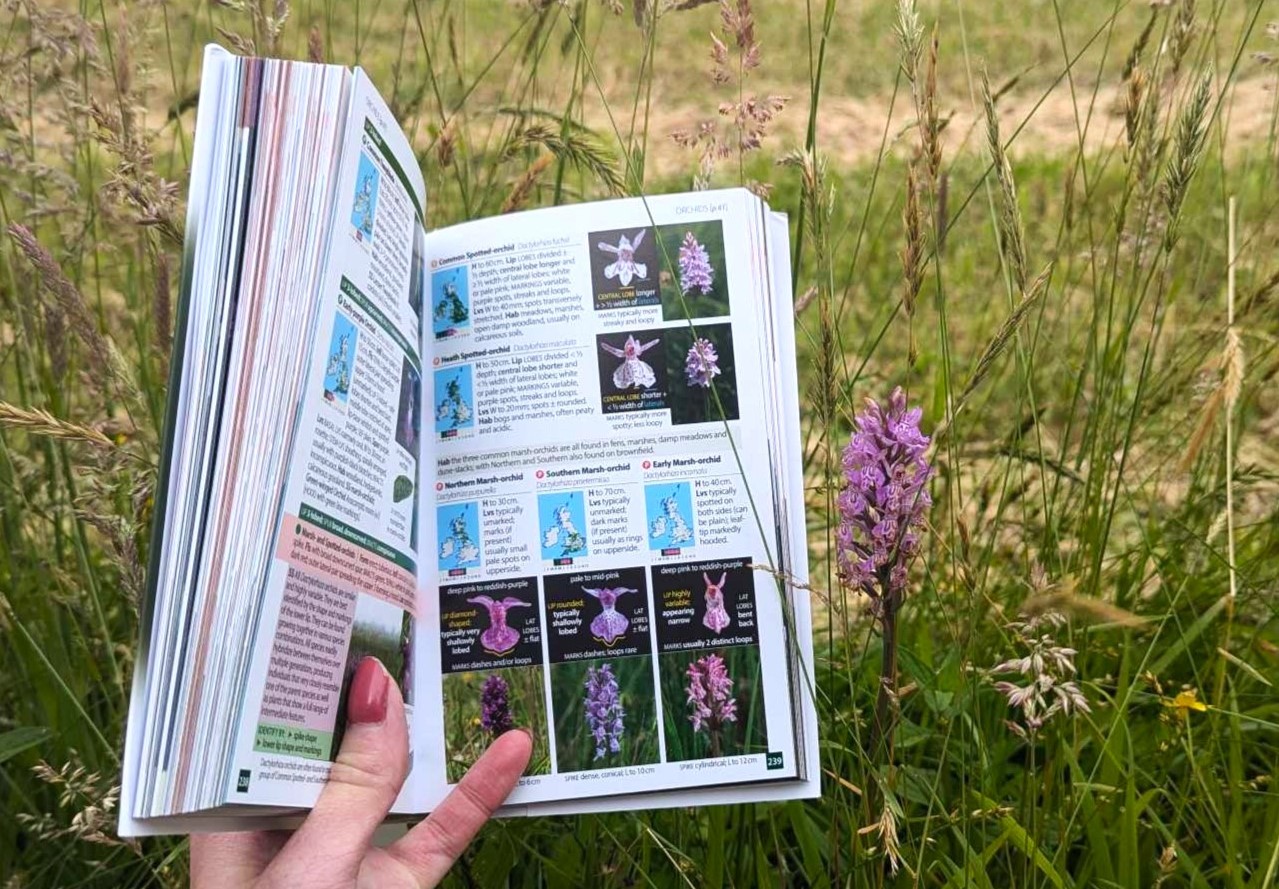


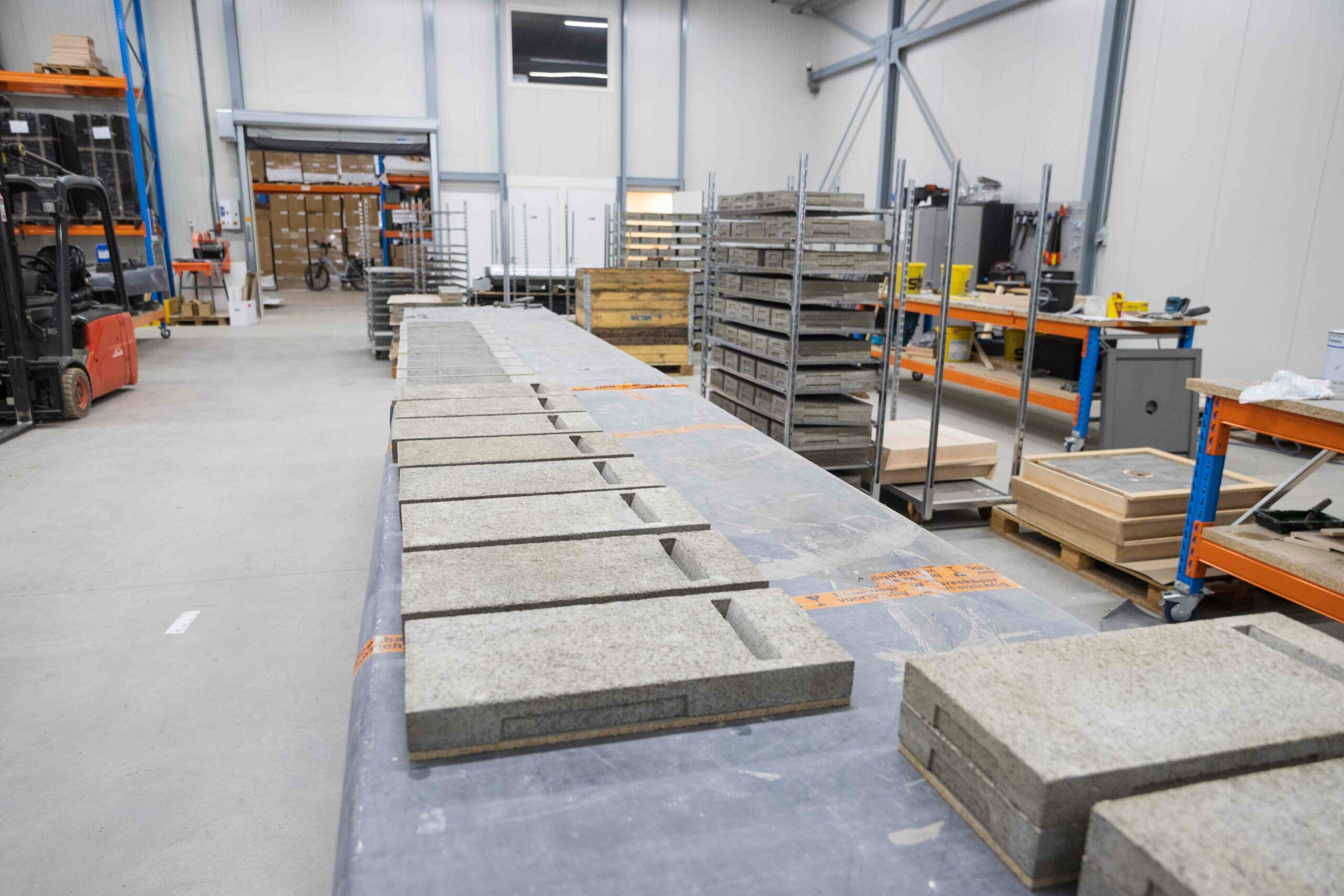

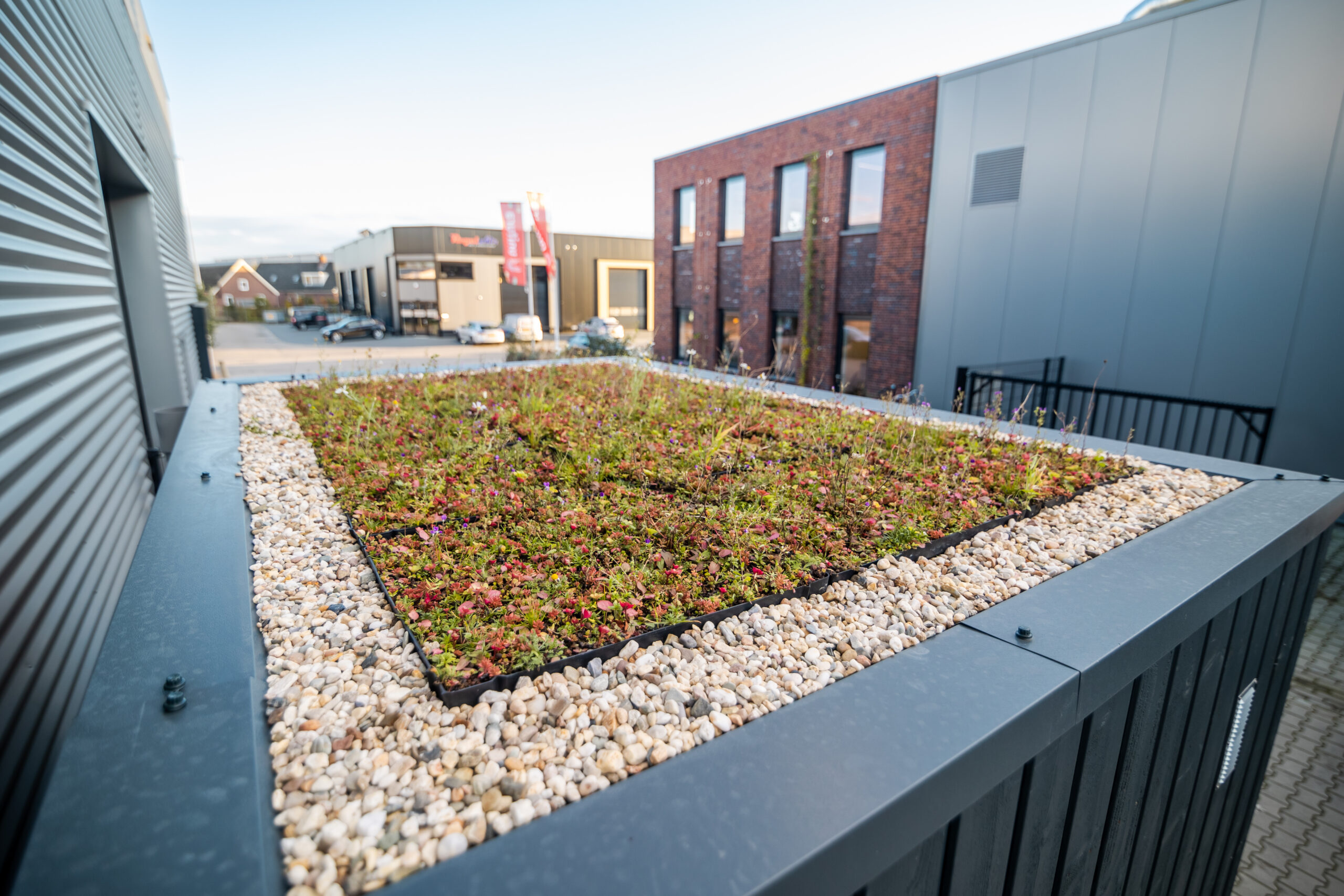
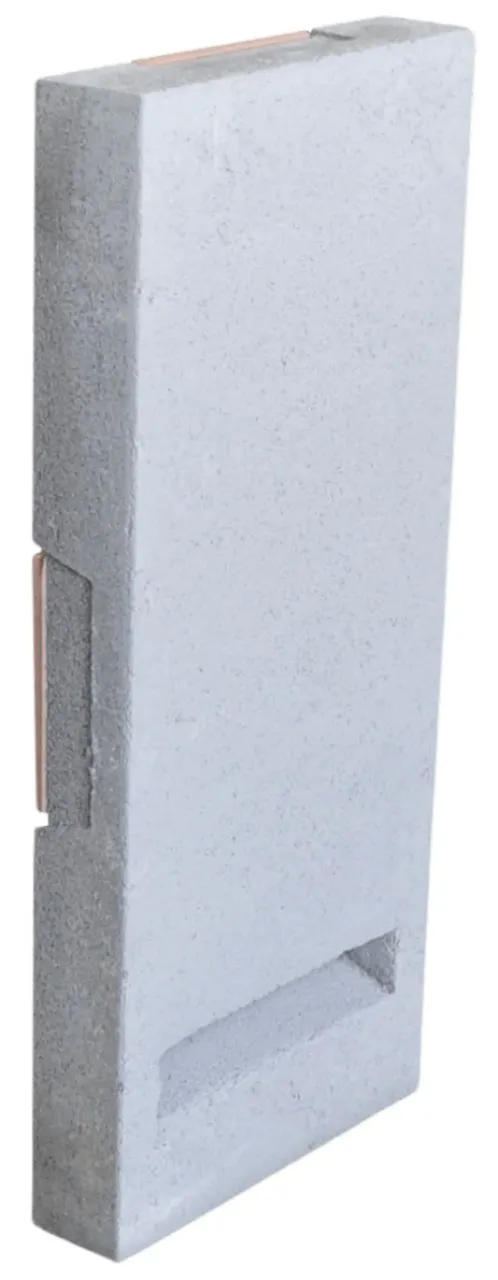
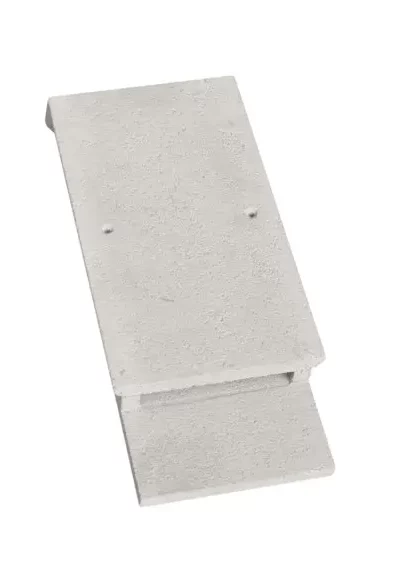
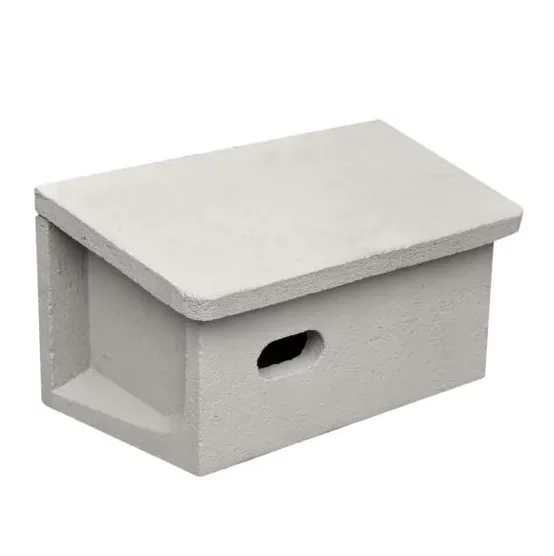
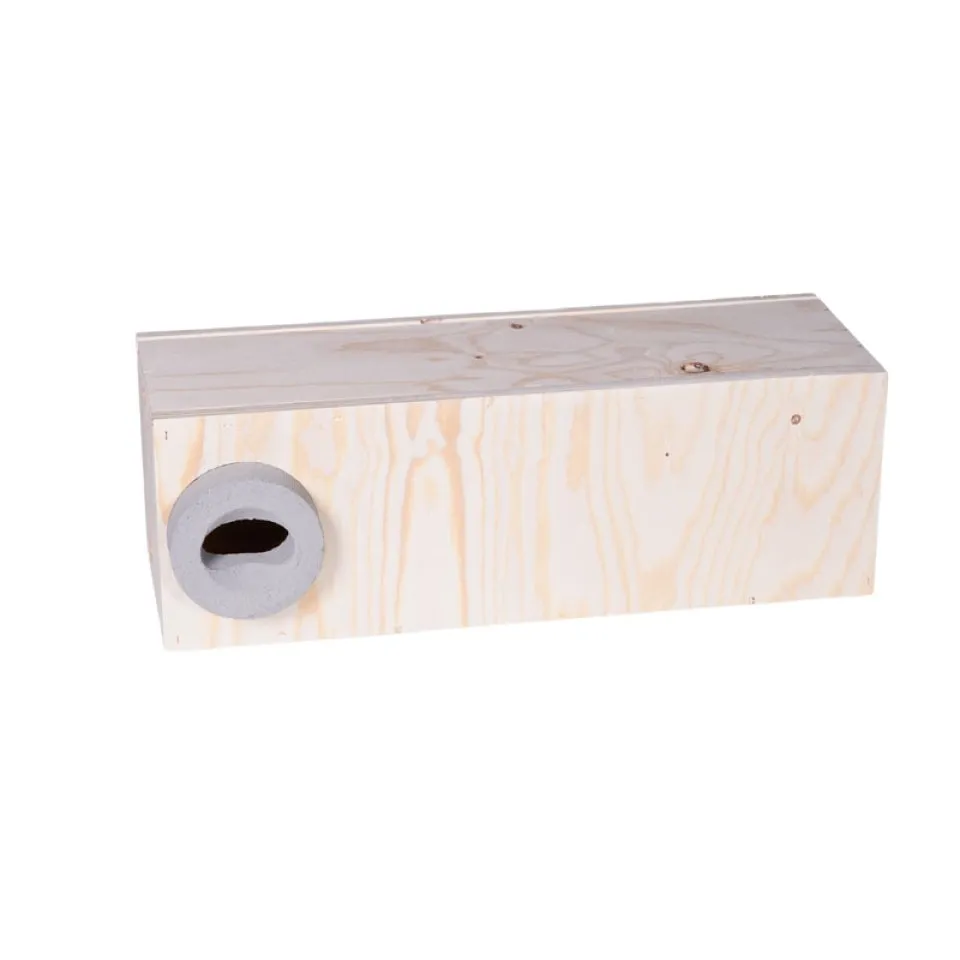
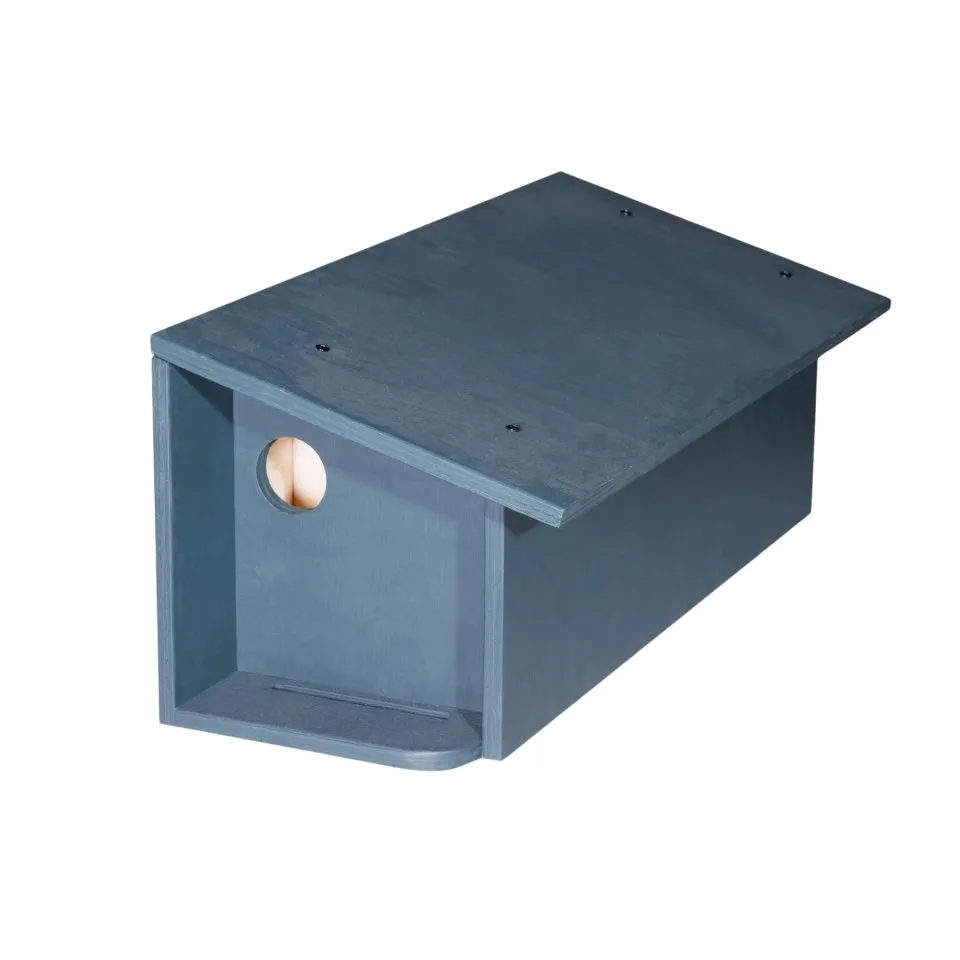
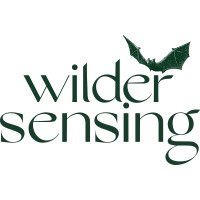


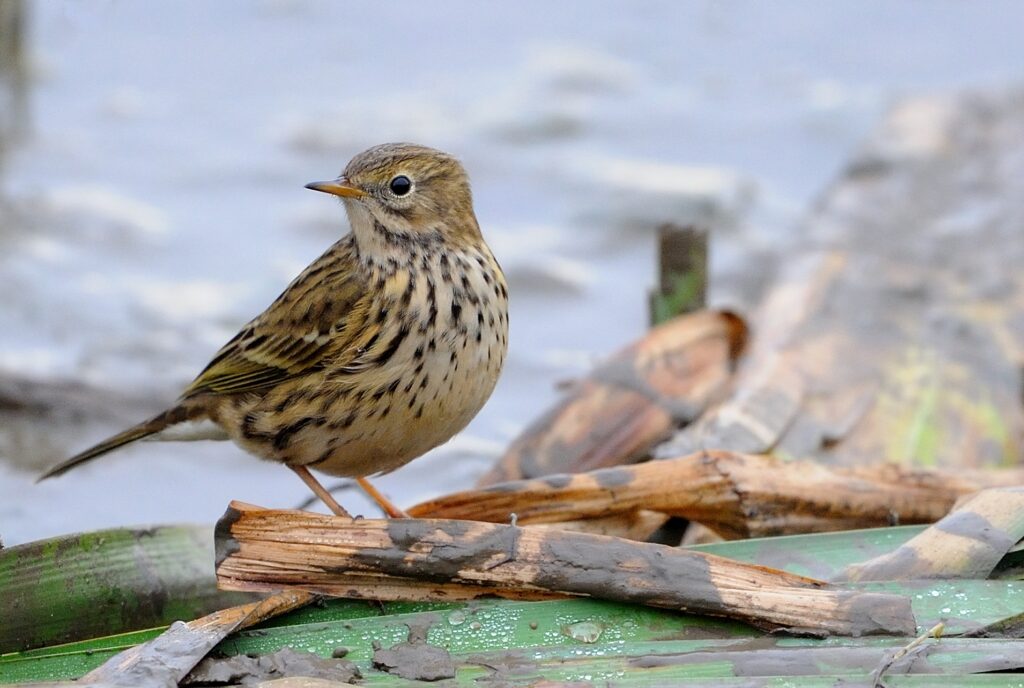
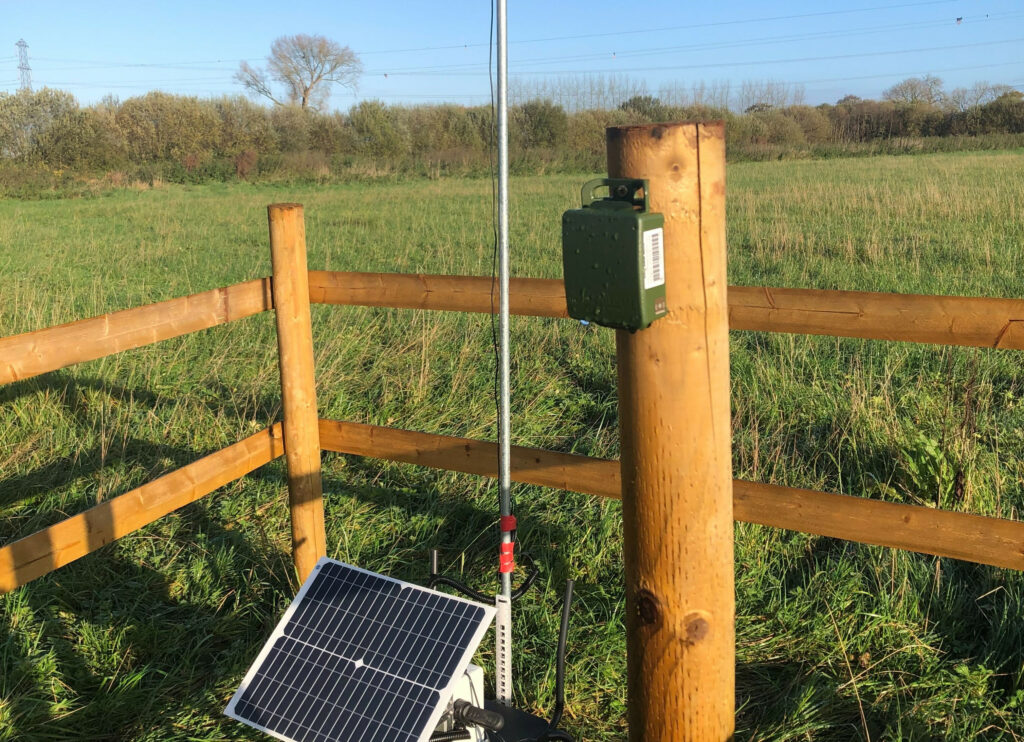


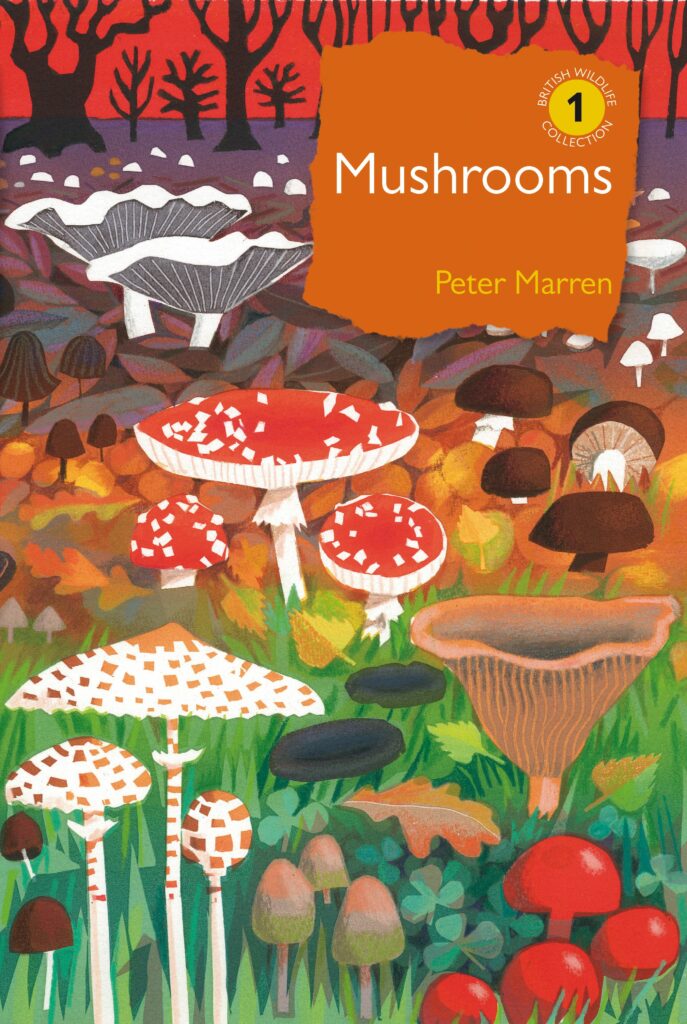

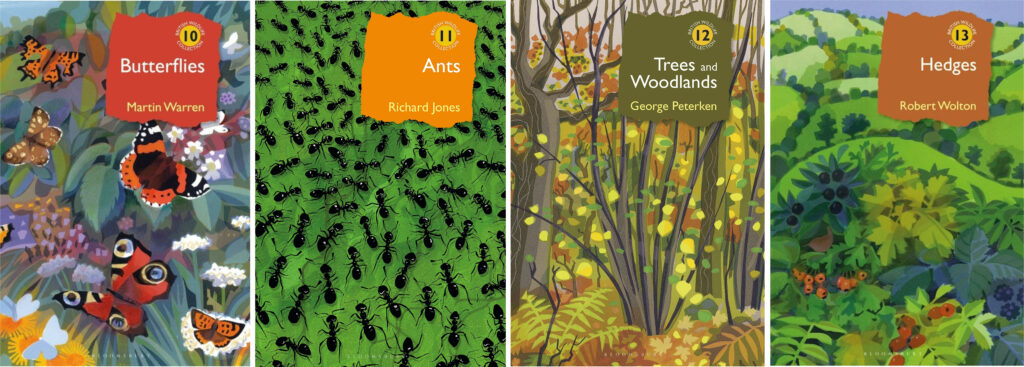
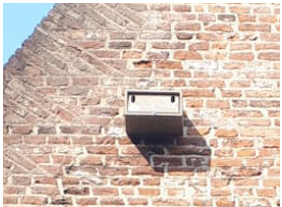
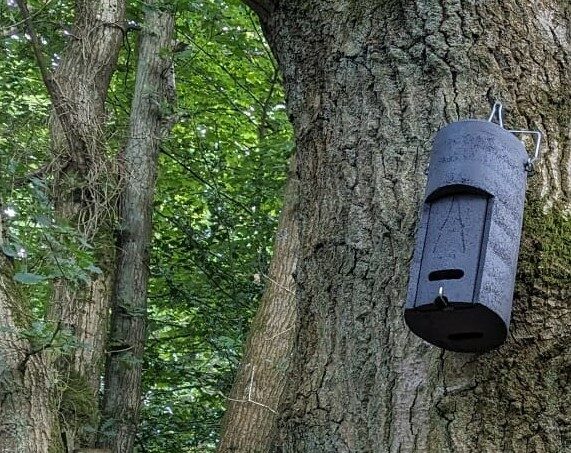
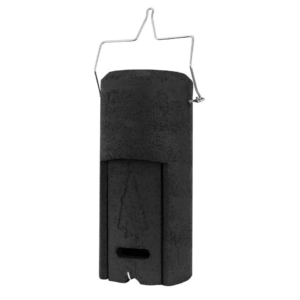
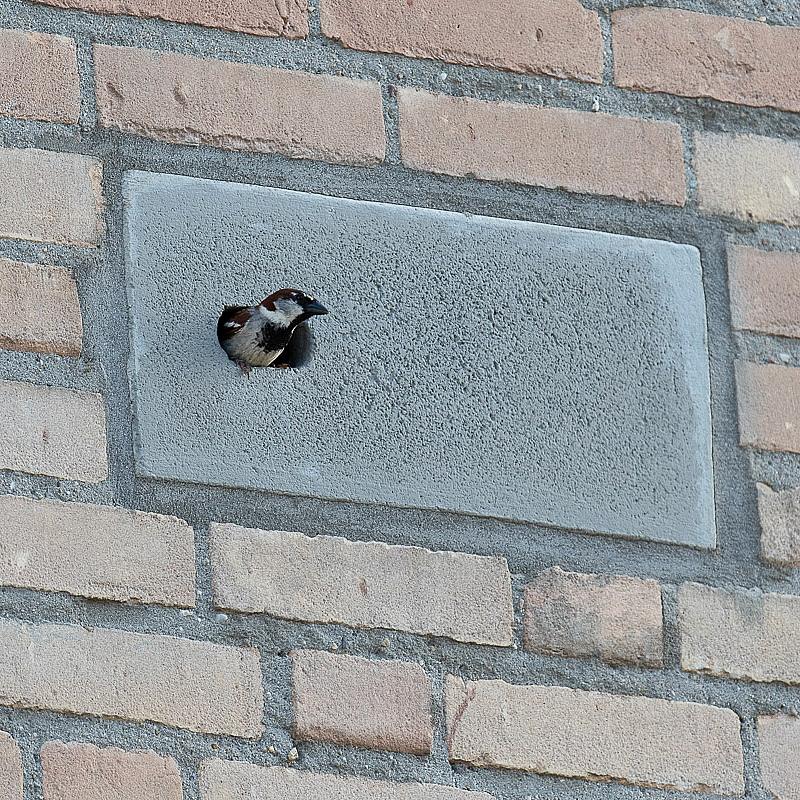
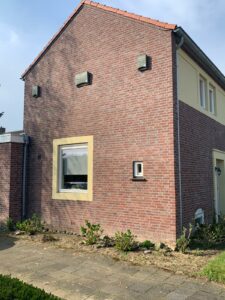
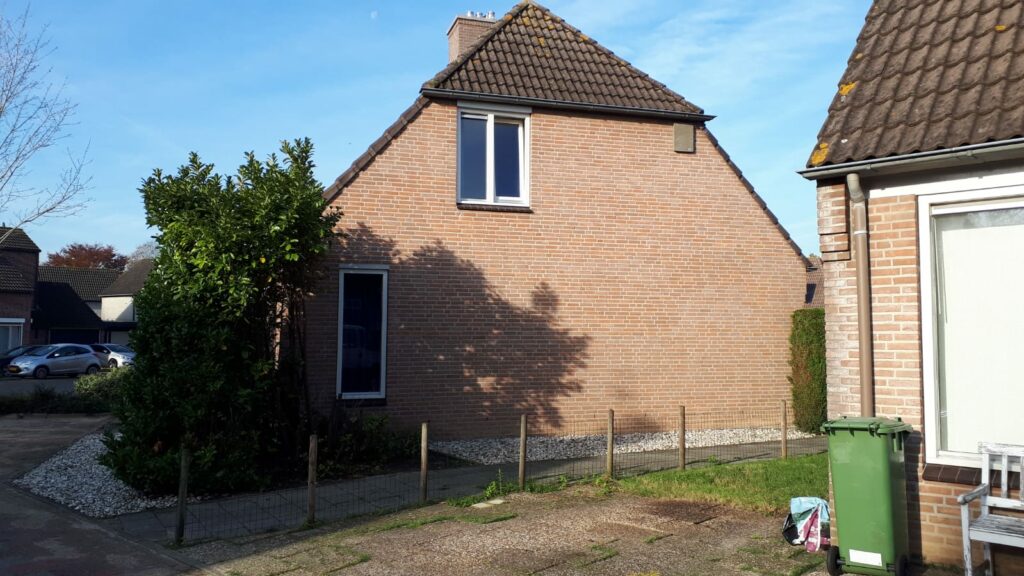
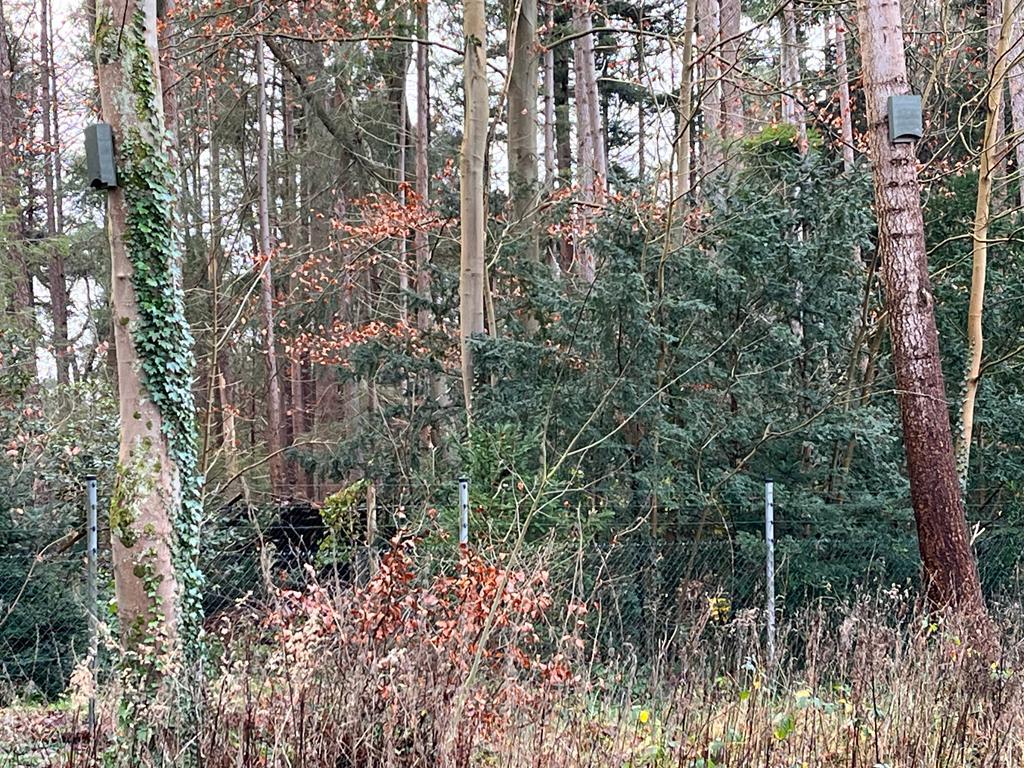
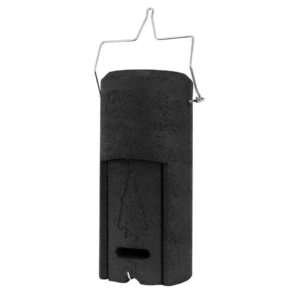
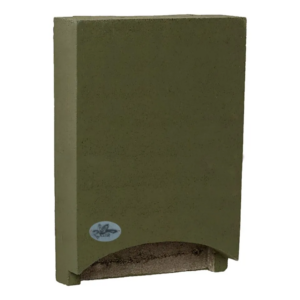
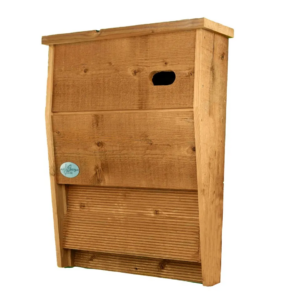
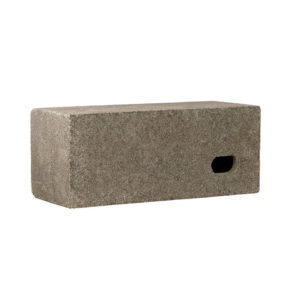


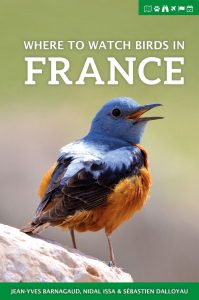
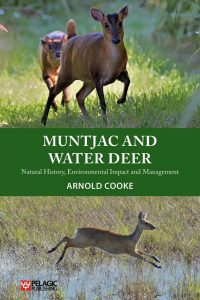
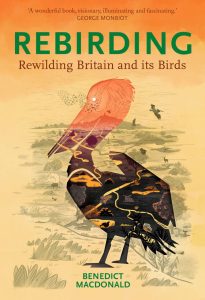
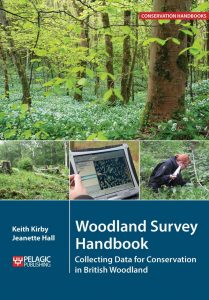
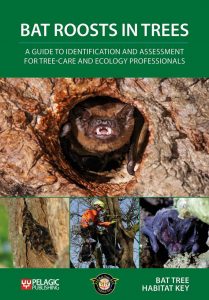
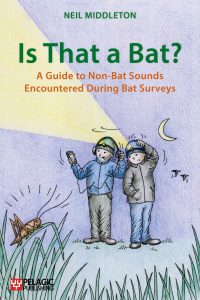
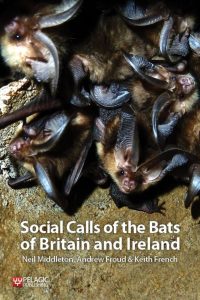
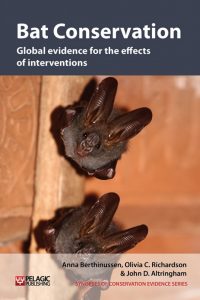
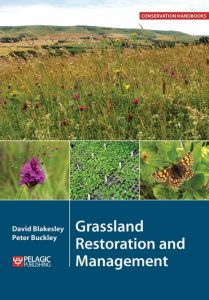
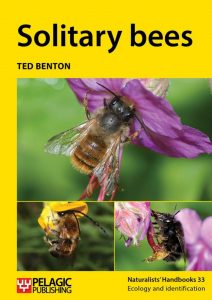
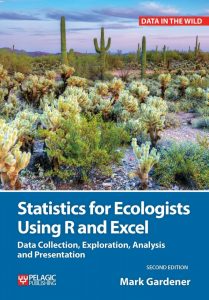
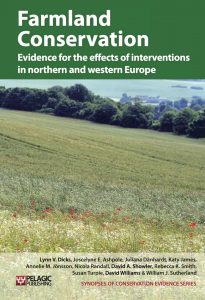
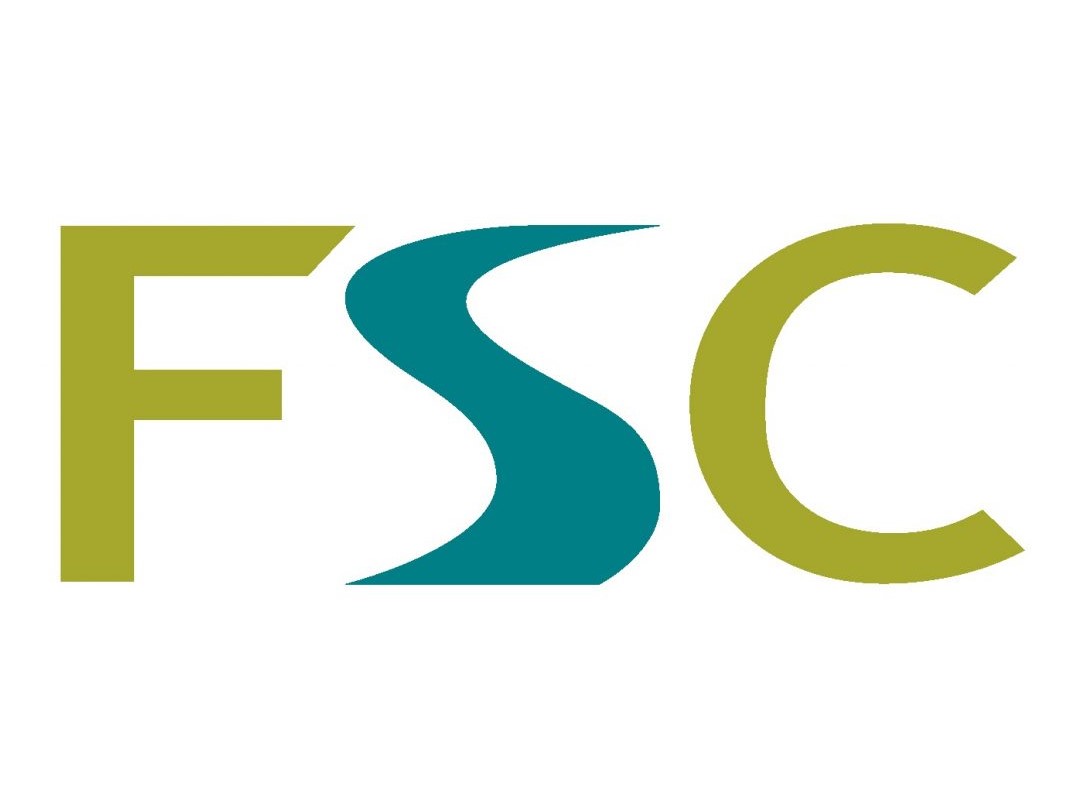
 The Field Studies Council (FSC) is the NHBS Publisher of the Month for June.
The Field Studies Council (FSC) is the NHBS Publisher of the Month for June.